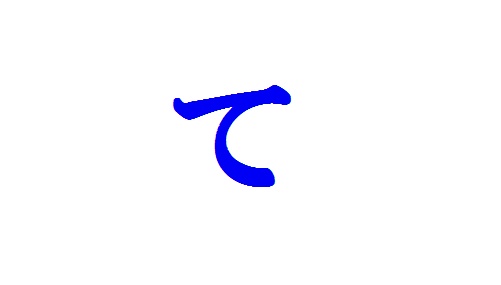Use the auxiliary verb て in Japanese
Use the auxiliary verb て in Japanese. Hi everyone, in this series, LearnJapanesedaily would like to introduce to you a collection of Japanese auxiliaries’ usages
Contents
- 1 Ways to use the auxiliary verb て:
- 1.1 1. Used to show a series of actions.
- 1.2 2. Used to show the state of doing something.
- 1.3 3. Used to show reasons, causes.
- 1.4 4. Used to show the state of subjects.
- 1.5 5. Used in sentences when giving things to or receiving things from others.
- 1.6 6. Used when an action is repetitive.
- 1.7 7. Used to show how an action is taken.
- 1.8 8. Used to organize adjectives in a sentence.
- 1.9 9. A shortened form of suggestions.
Ways to use the auxiliary verb て:
1. Used to show a series of actions.
私は郵便局に行って手紙を送るつもりです。
わたしはゆうびんきょくにいっててがみをおくるつもりです。
→ I go to the post office then send the letter.
2. Used to show the state of doing something.
私は絵を描いています。
わたしはえをかいています。
→ I’m painting.
3. Used to show reasons, causes.
雲がかかって、頂上が見えない。
くもがかかって、ちょうじょうがみえない。
→ Because of the thick fog, the top of the mountain is out of sight.
4. Used to show the state of subjects.
State of people:
兄はいま日本に行っています。
あにはいまにほんにいっています。
→ My brother is in Japan.
State of things:
あの部屋には大きい絵をかけてあった。
あのへやにはおおきいえをかけてあった。
→ There is a big painting hung in that room.
5. Used in sentences when giving things to or receiving things from others.
山田先生にたくさんのことを教えてもらって本当にありがとうございましあた。
やまだせんせいにたくさんのことをおしえてもっらてほんとうにありがとうございました。
→ Mr Yamada has taught me a lot, I feel so grateful.
この写真見せてあげましょうか。
このしゃしんみせてあげましょうか。
→ Let me show you this picture.
6. Used when an action is repetitive.
兄は商事会社に勤めている。
あにはしょうじかいしゃにつとめている。
→ My brother is working in a commercial company.
7. Used to show how an action is taken.
私は喜んで手伝いいます。
わたしはよろこんでてつだいいます。
→ I’m very pleased to help you.
8. Used to organize adjectives in a sentence.
彼女はきれいで、明るいです。
かのじょはきれいで、あかるいです。
→ She is not only pretty but also cheerful.
9. A shortened form of suggestions.
ちょっと待って (ちょっと待ってください。)
ちょっとまって
→ Wait up!
Above are some example and ways to used the auxiliary て. Check out other articles about auxiliary verbs in section: Auxiliary verbs in Japanese.

